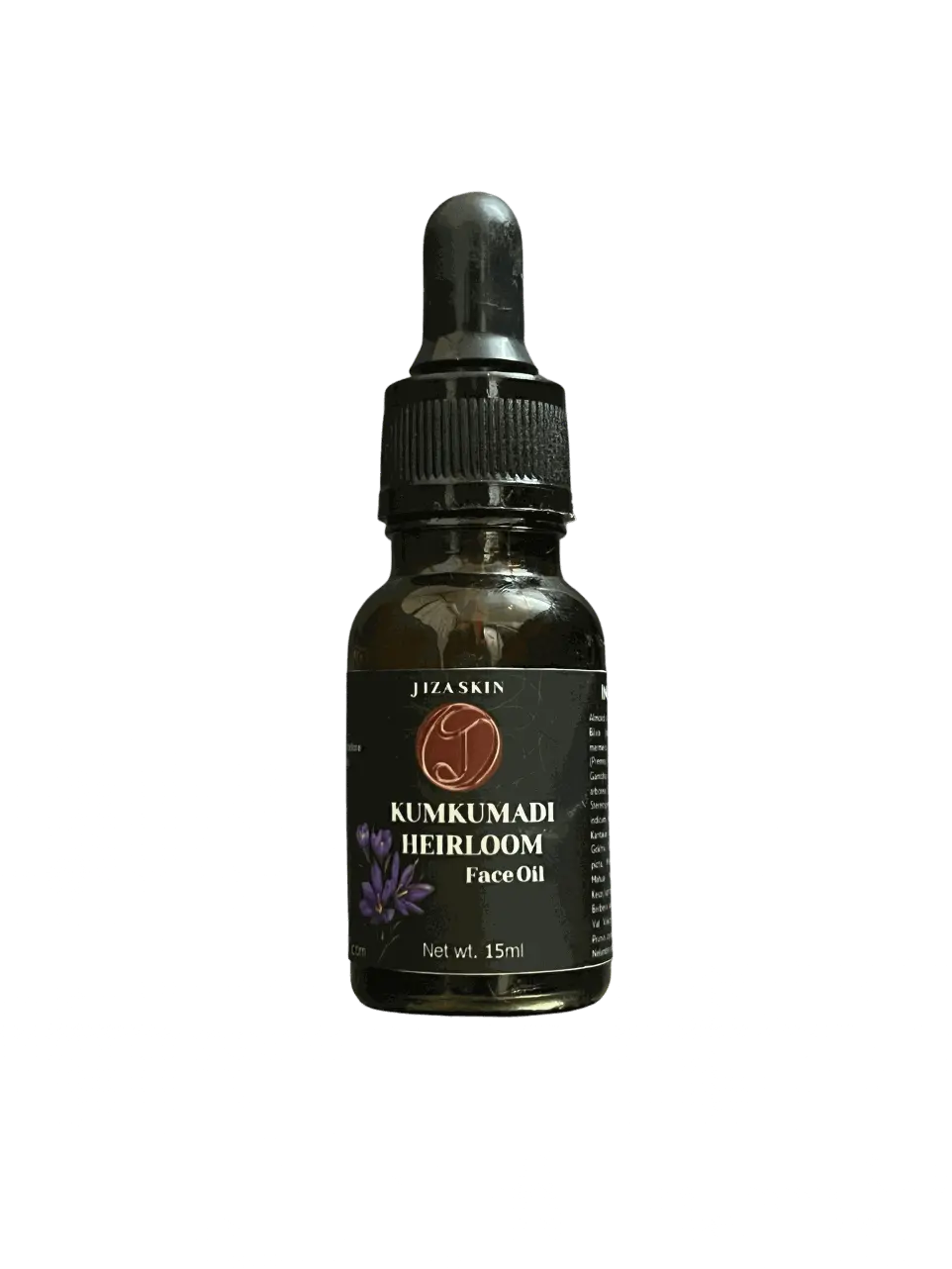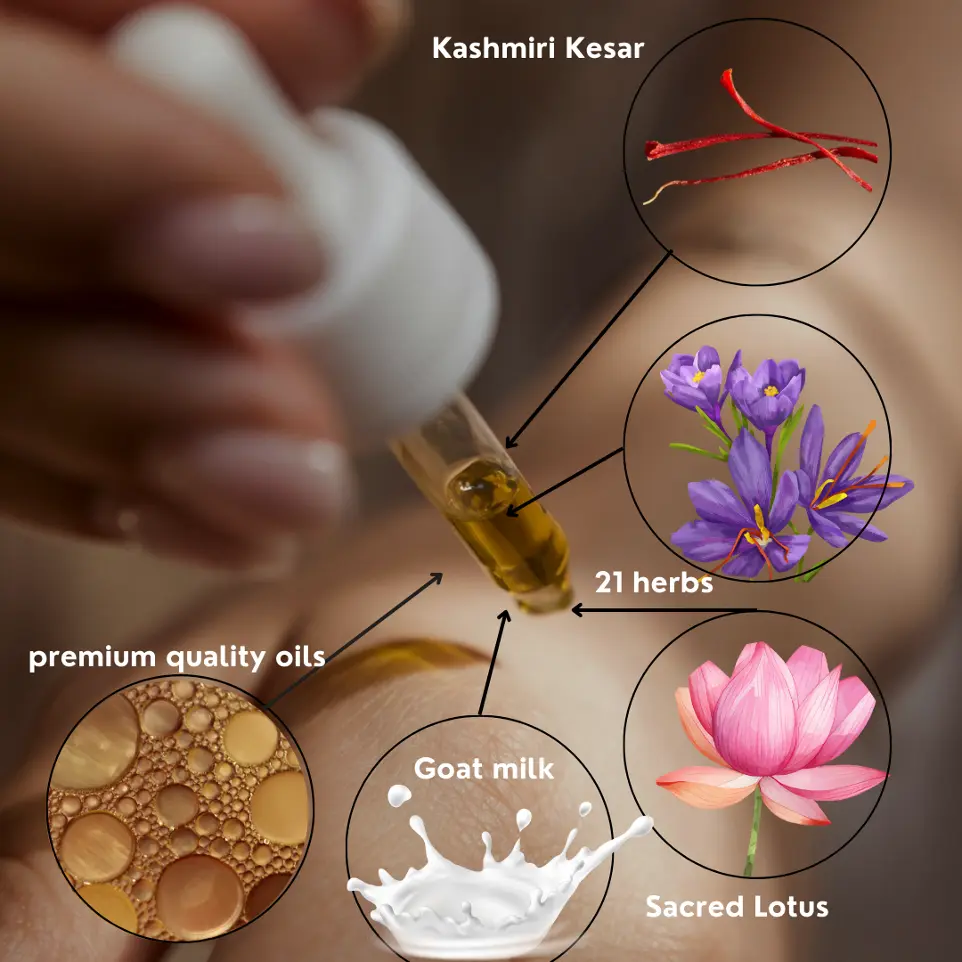Imagine a bustling metropolis of tiny creatures, each playing its part in an intricate system. There are diligent workers, protective guardians, and even a few sneaky invaders lurking in the corners. This vibrant city, full of life and constantly evolving, isn’t somewhere far away—it’s right beneath the surface of your skin. Welcome to the skin microbiome, where millions of microorganisms live in a delicate balance, working tirelessly to protect, heal, and maintain your skin’s health.
For centuries, our skin was considered little more than a passive shield, a tough exterior protecting us from the world outside, which resulted in the 1990s extensive Triclosan use in antibacterial soaps, aggressively marketed as essential for personal hygiene. The active ingredient, triclosan, was touted as a wonder chemical capable of killing harmful bacteria and keeping your skin “germ-free. The assumption that all bacteria on our skin was bad bacteria led to an over exfoliation epidemic which resulted in skin microbiome disruption—the removal of both harmful and beneficial bacteria. This weakened the skin’s natural defenses, causing increased sensitivity, dryness, and eczema.
As western science uncovered, the surface of our skin is teeming with life with billions of microscopic organisms that play a crucial role in our overall health, history noted Rene Dubos, David K. Steinberg, Rob Knight and Jessica Green as the pioneers of microbiome research in the mid-20th century. Even though, the traditional practice of Ayurveda considers the skin as much more than a simple covering. Ayurvedic texts dating back thousands of years, such as the Charaka Samhita and Sushruta Samhita, reveal a deep understanding of the body's holistic connection to the environment, including the skin’s interaction with the natural world and its symbiotic relationship with microorganisms. These texts are not scientifically discussed yet.
Here are some excerpts from some scriptures-
1. The Charaka Samhita (circa 1st century CE)
The Charaka Samhita is one of the foundational texts of Ayurveda, focusing on internal medicine and healing. It emphasizes the skin’s role in the body's physiological processes and as a reflection of internal health.
- The Role of Skin in Digestion and Detoxification:
- Chapter 5, Sutrasthana: Charaka speaks about the importance of maintaining healthy doshas (bodily energies) to prevent disease and maintain balance. He mentions the skin as an organ through which toxins and waste are expelled from the body, specifically through sweat. Healthy skin is seen as a direct result of proper digestion and the functioning of the agni (digestive fire), with the skin acting as a detoxification pathway.
- "The impurities in the body are removed through the srotas (channels), and when the channels are blocked, the toxins manifest on the skin as blemishes or other skin issues."
2. The Sushruta Samhita (circa 6th century BCE)
The Sushruta Samhita, another key Ayurvedic text, is primarily focused on surgery and healing, but it also provides valuable insights into the skin and its health.
- The Skin and its Role in Detoxification:
- Sushruta describes how the skin is connected to the body’s “srotas” (channels of circulation), and how impurities are expelled through the skin in the form of sweat. A blockage of these channels leads to diseases manifesting on the skin, such as infections or lesions. The skin is thus seen as part of the body’s waste elimination system.
- "The skin is the organ through which waste (mutra, purisha) is expelled. When these channels are blocked, the toxins manifest externally."
3. The Ashtanga Hridayam (circa 4th-6th century CE)
The Ashtanga Hridayam is an important text in Ayurveda, synthesizing teachings from both Charaka and Sushruta. It provides a detailed description of the skin's role in health.
- The Skin as a Reflection of Internal Balance:
- In this text, the health of the skin is directly tied to the Pitta dosha, which governs metabolism, digestion, and transformation. When Pitta is in balance, the skin remains smooth, vibrant, and free of blemishes. When out of balance, Pitta leads to skin issues like acne, rashes, or hyperpigmentation.
- "The skin is like a mirror reflecting the state of the internal fire (agni). When agni is disturbed, it shows in the form of rashes, pimples, and skin diseases."
As the author, I don’t aim to suggest the superiority of Ayurveda or any particular philosophy; rather, the point is to emphasize how valuable it is to dive into the past to unearth knowledge that can shape the future. By exploring the wisdom of ancient systems like Ayurveda, we can bridge the gap between tradition and modern science, creating a more holistic and informed approach to health and wellbeing.

